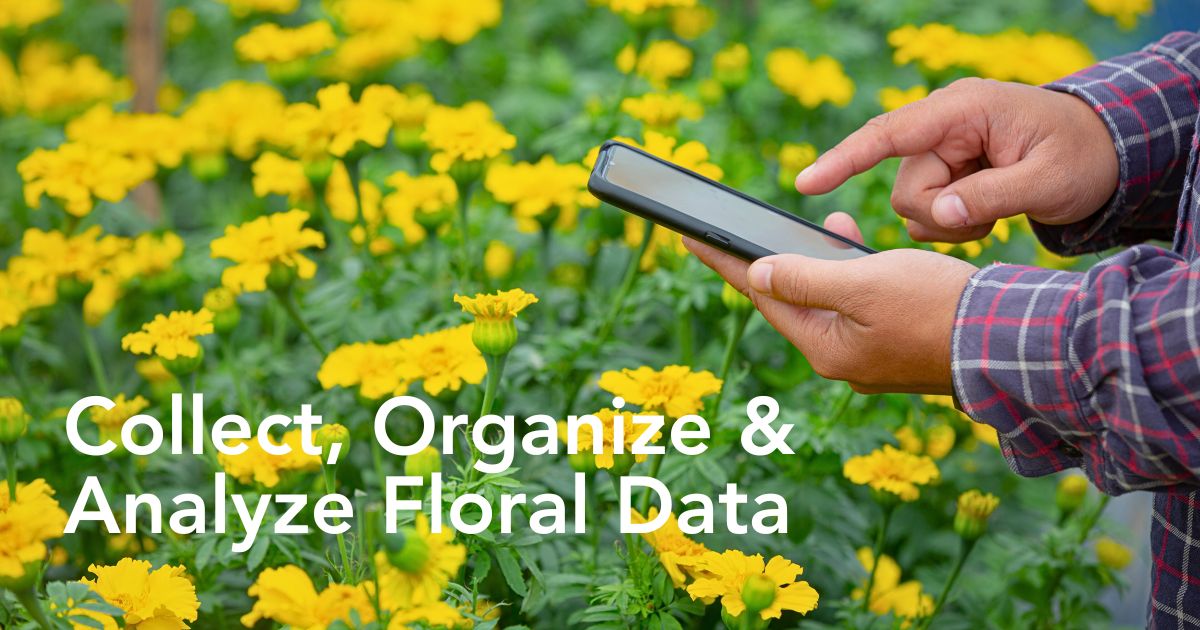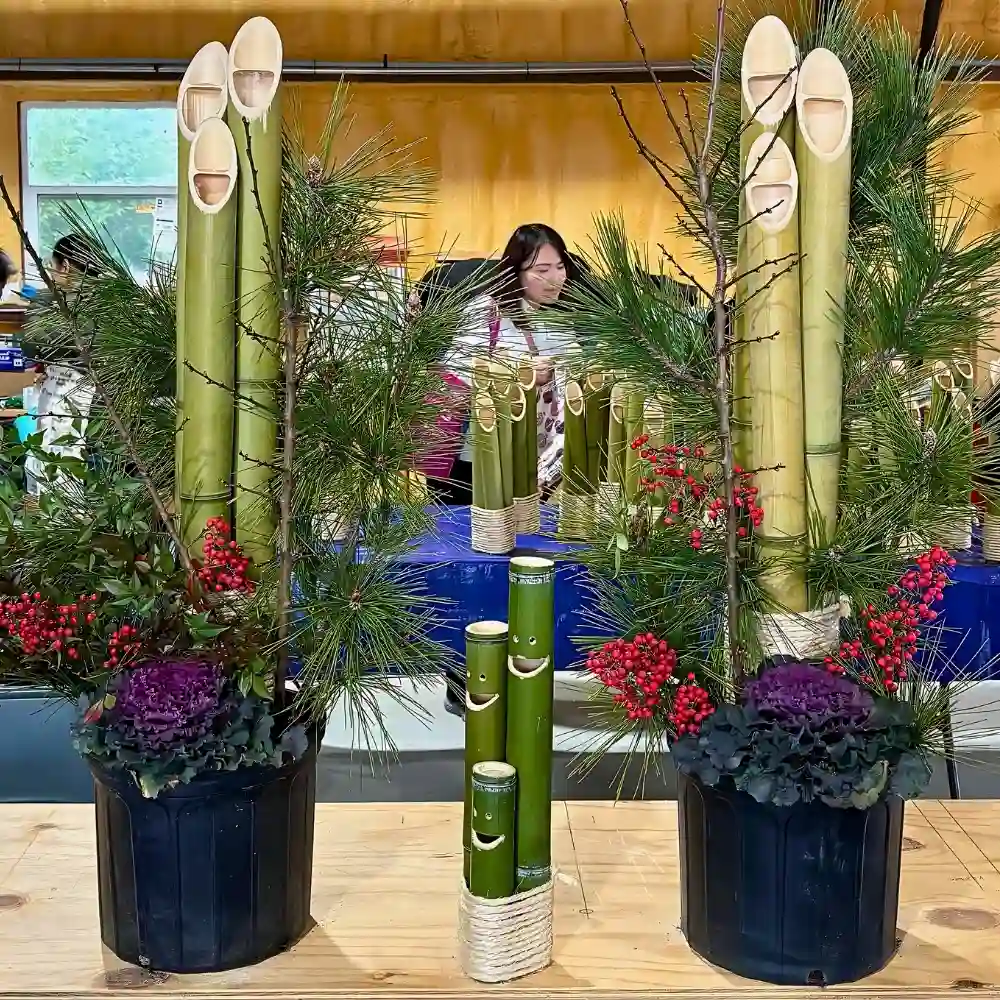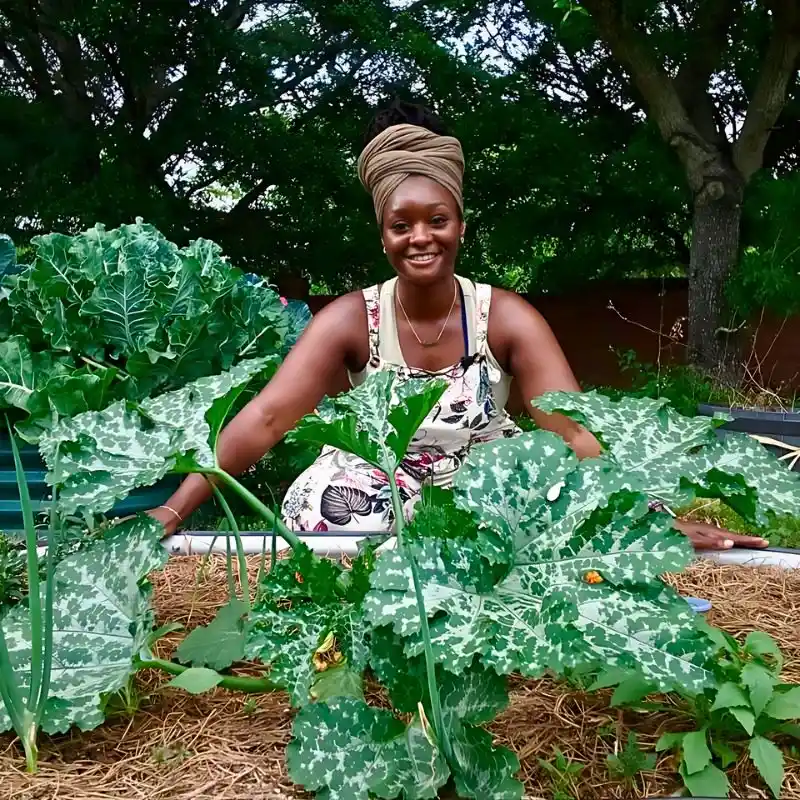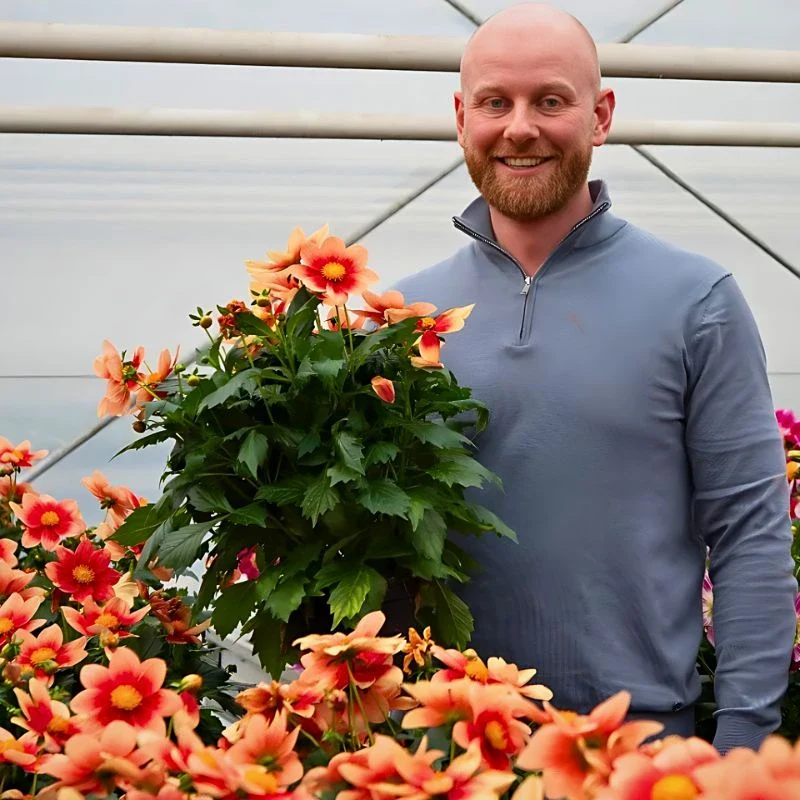Flower farms always grow beautiful products, but now they are growing smarter too. Growers are discovering that sustainability is not just about good intentions, but also about good data. With data, sensors, software, and analytics, flower farms are cutting water use, reducing chemical applications, and lowering their environmental footprint while maintaining the quality their customers expect. The move from guesswork to precision is gradually redefining which flowers, and how they reach buyers.
The Foundation of Smart Floriculture
The traditional approach to flower farming relied heavily on experience and fixed schedules. Water the fields every morning. Apply fertilizer every two weeks. And treat problems as they appear. This system worked, but it wasted resources and often responded to issues too late. Today's farms are moving away from these assumptions, using real-time data to make decisions that save money and protect the environment.
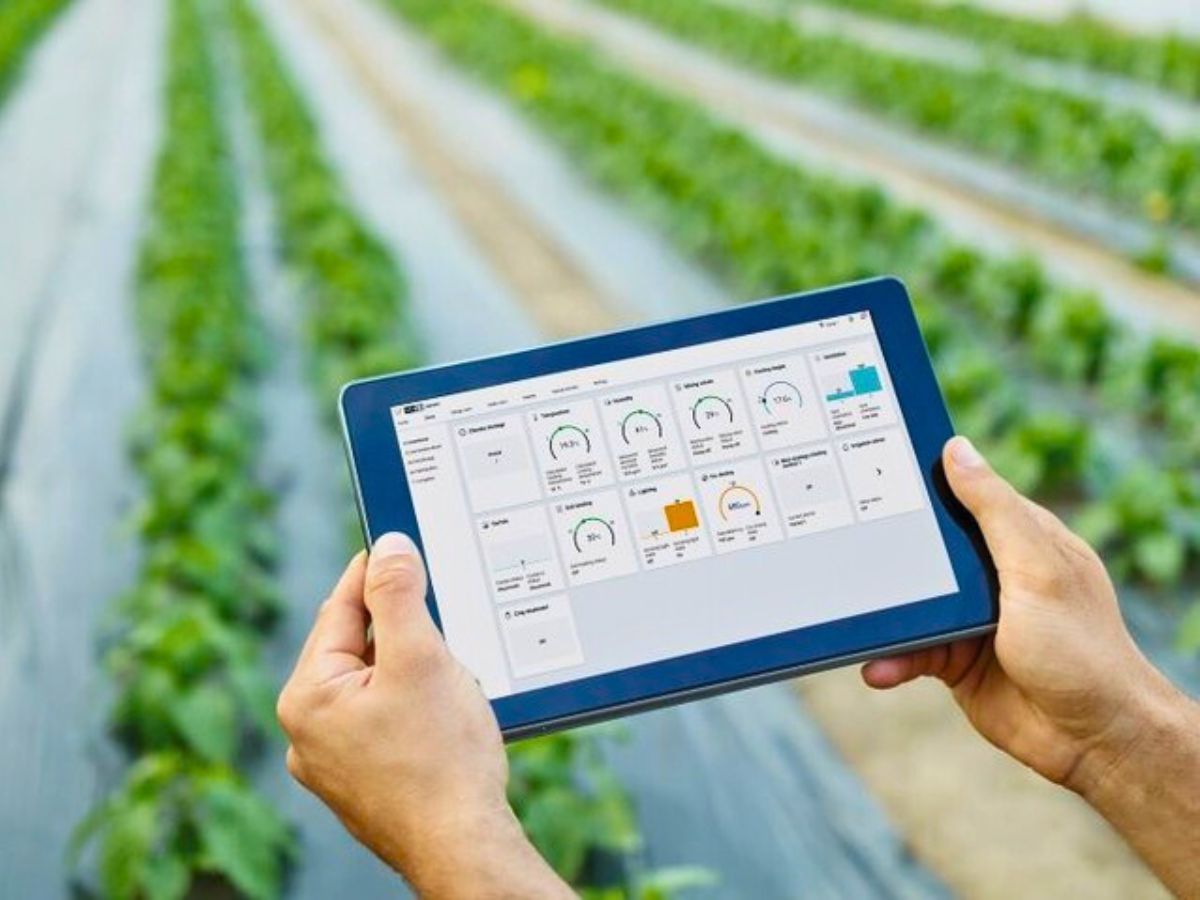
Data-driven sustainability in floriculture relies on collecting information from multiple sources throughout the production cycle. Modern flower farms deploy Internet of Things (IoT) sensors that continuously monitor crucial environmental parameters, including soil moisture, temperature, humidity, light intensity, pH levels, and nutrient concentrations. These sensors provide growers with greater visibility into their operations, enabling them to make informed decisions that optimize resource use while minimizing waste.
Moving from traditional methods to precision floriculture shows the growing change in agricultural management. Where growers once relied on intuition and generalized practices, they now use real-time data streams that reveal the exact conditions their plants experience at any given moment. This granular understanding allows for site-specific interventions that address the unique needs of different greenhouse zones or field sections, meaning no resources are wasted on areas that don't require them.
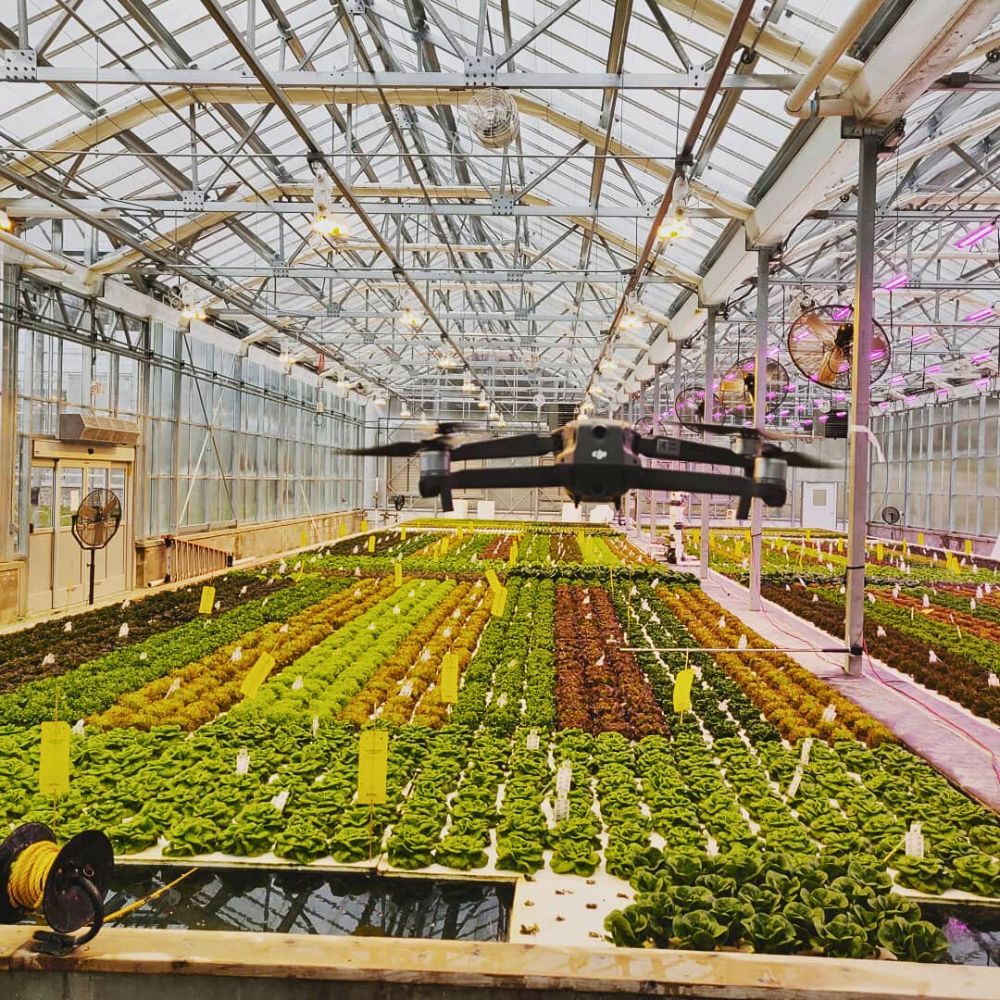
Precision Water Management
Water consumption remains one of floriculture's biggest sustainability challenges. In many growing regions, flower farms compete with agriculture and communities for limited water supplies. Traditional irrigation systems operate on timers, delivering water whether plants need it or not. The waste adds up quickly.
Modern sensor networks change this entirely. Small devices embedded throughout growing areas continuously monitor soil moisture, temperature, and humidity. This data flows to central platforms where growers can see exactly what is happening in their fields—in real time, from anywhere.
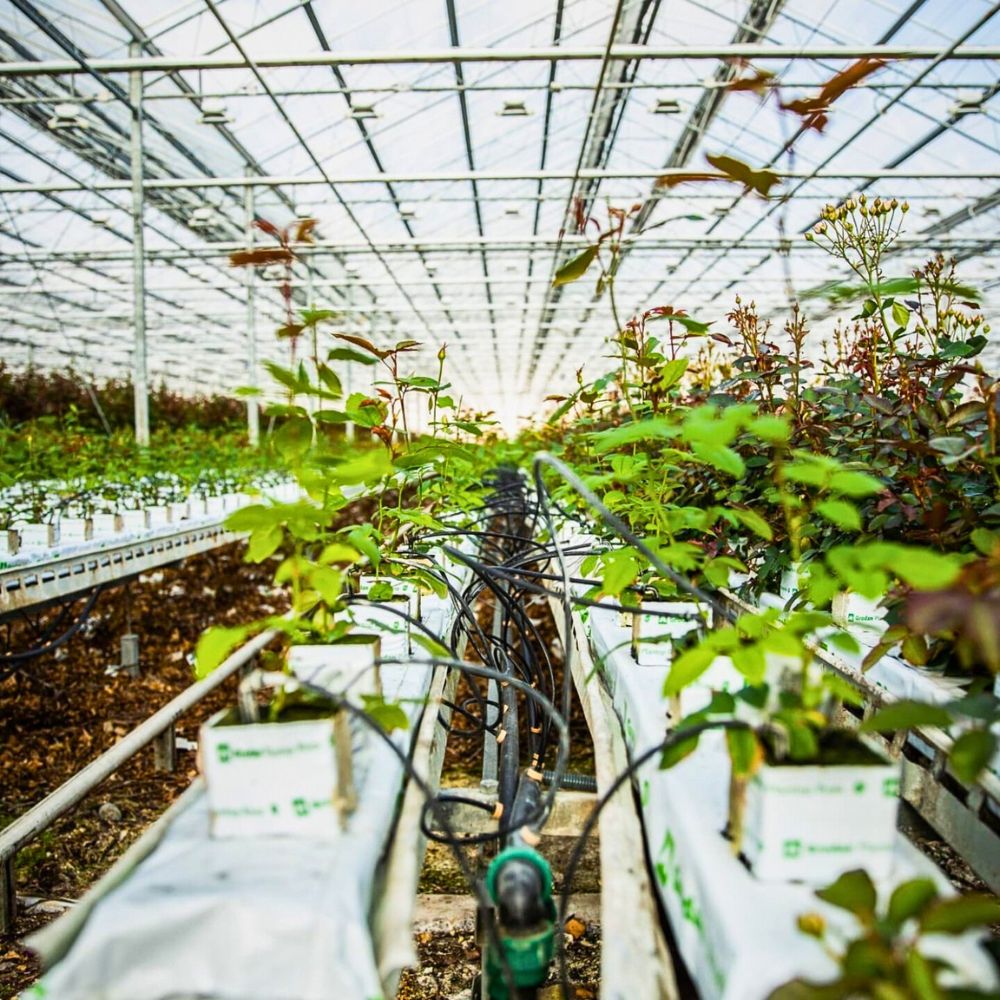
The practical impact is significant. Farms implementing sensor-guided irrigation report water savings of 25-30% compared to scheduled watering systems. Some operations in water-stressed regions achieve even higher reductions. The technology is straightforward: sensors measure moisture levels and trigger irrigation only when plants actually need water. No more watering after overnight rain. No more saturating already-moist soil.
These systems also improve plant health. Overwatering causes root problems and disease. Underwatering stresses plants and reduces quality. Precision irrigation keeps soil conditions optimal, which means healthier crops and fewer resources spent fighting needless problems. Preventing over-irrigation also reduces nutrient runoff that can contaminate surrounding water sources.
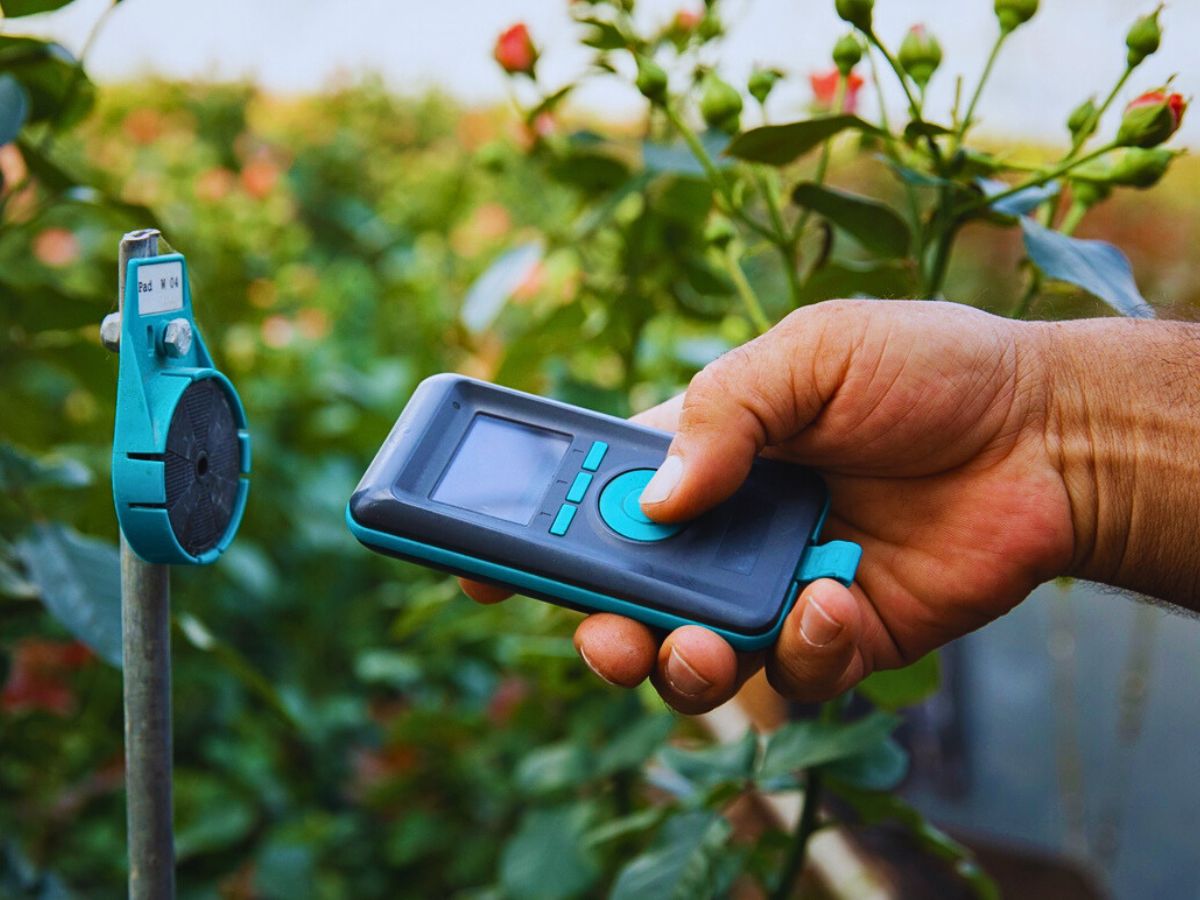
Optimizing Fertilizer Use
Fertilizer is another major sustainability concern. Traditional application methods follow broad guidelines—apply nitrogen every few weeks, supplement with phosphorus during flowering, and adjust based on what you see. This approach works reasonably well, but leaves room for considerable waste. Over-fertilization creates multiple problems. Excess nutrients leach into groundwater. Soil health degrades. The carbon footprint increases through energy-intensive fertilizer production. And farms spend money on inputs that plants hardly use.
Data analytics provides a more precise approach. Combining soil sensors with crop monitoring and historical yield information means flower farms can calculate nutrient requirements with great accuracy. Some operations document fertilizer reductions of 30-40% while simultaneously improving plant quality.
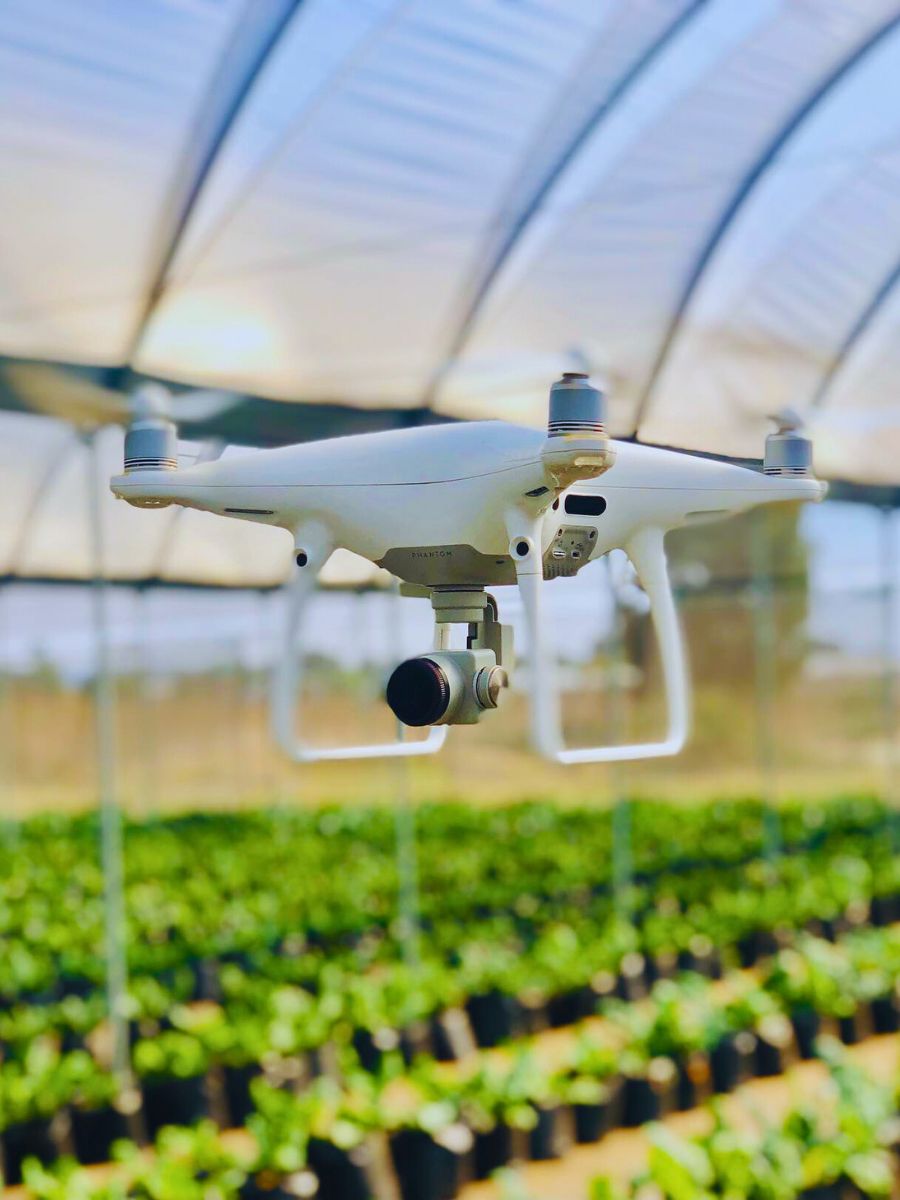
Advanced systems incorporate weather forecasts, growth stage data, and tissue analysis into their calculations. Machine learning algorithms identify patterns across seasons, predicting optimal application timing with increasing accuracy. The system learns what works for specific varieties under particular conditions, building knowledge that improves with each cycle.
Predictive Analytics for Disease Prevention
Perhaps the most practical application involves using data to prevent problems before they occur. Fungal diseases, bacterial infections, and pest outbreaks follow predictable patterns related to temperature, humidity, and plant stress. Monitoring environmental conditions alongside plant health indicators using AI systems can flag disease risk days or weeks before symptoms appear.
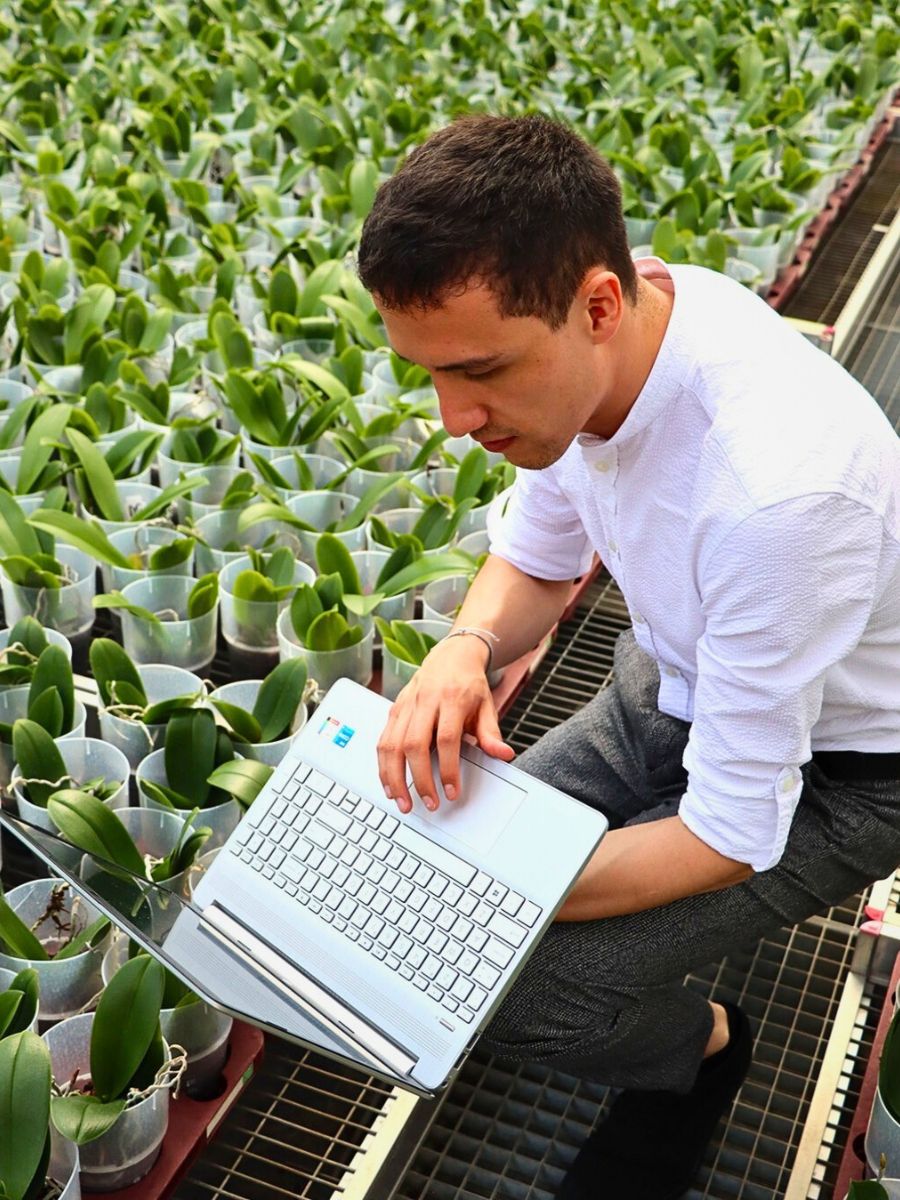
This early warning allows preventive action—adjusting ventilation, modifying irrigation, or applying targeted treatments—before minor issues become major outbreaks requiring intensive chemical interventions. Greenhouse operations implementing predictive monitoring report up to 60% reductions in fungicide applications while improving overall plant health. The sustainability benefit means reduced pesticide use and fewer resources spent on treatment. Smaller, targeted interventions cause less environmental disruption than comprehensive applications across entire growing areas.
Resource planning also benefits from predictive analytics. In analyzing sales history, weather patterns, and market trends, farms optimize planting schedules and production volumes to match anticipated demand more closely. This reduces waste from overproduction, minimizes energy spent on storage, and ensures fresher floral products reach consumers.
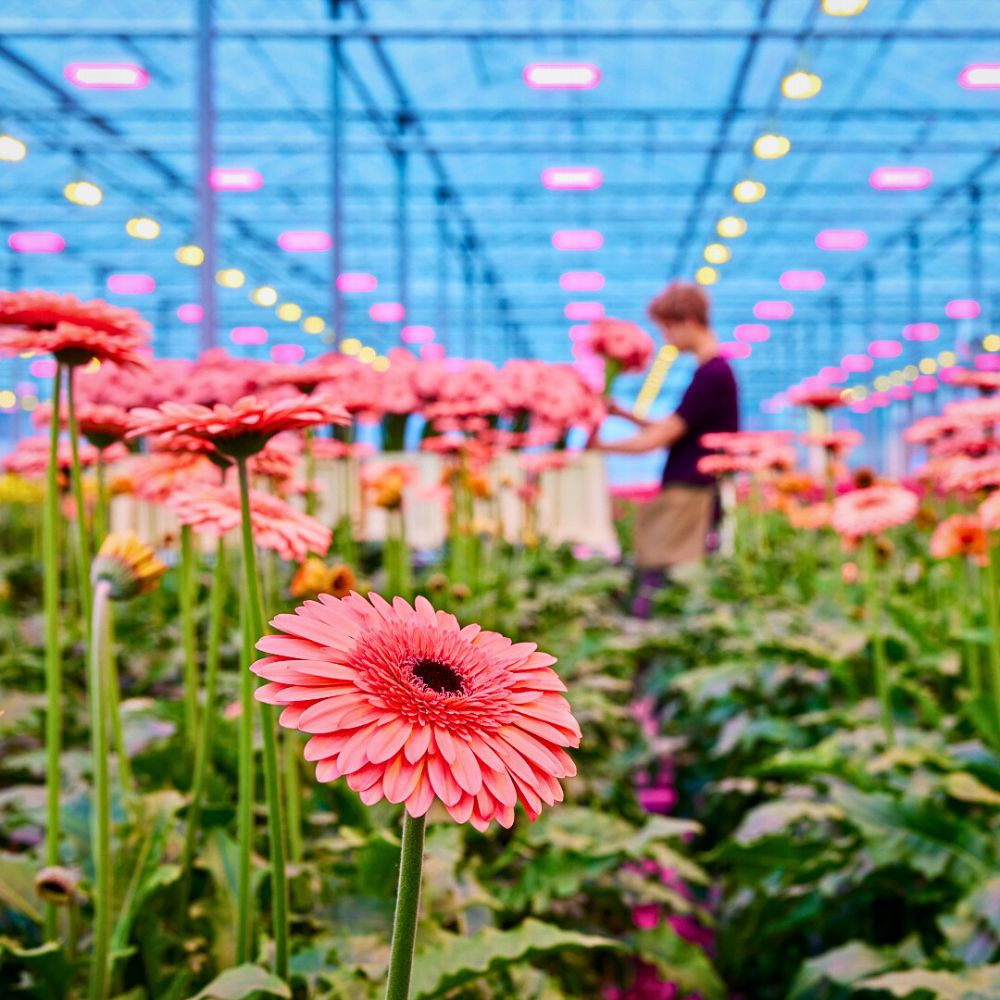
Energy Management and Carbon Tracking
Understanding and reducing carbon emissions is essential for floriculture operations seeking to meet international market demands. Kenya's flower industry pioneered this approach with the Carbon Reduction, Resources and Opportunities Toolkit (CarROT), a system that allows growers to calculate their carbon footprint by tracking variables like water, fuel, electricity, fertilizer, and pesticide use.
This data-driven approach enables farms to identify emission hotspots and implement targeted reduction strategies. Growers can compare seasonal variations in resource utilization, benchmark their performance against industry standards, and prove their commitment to low-carbon production—increasingly important criteria for accessing European markets.
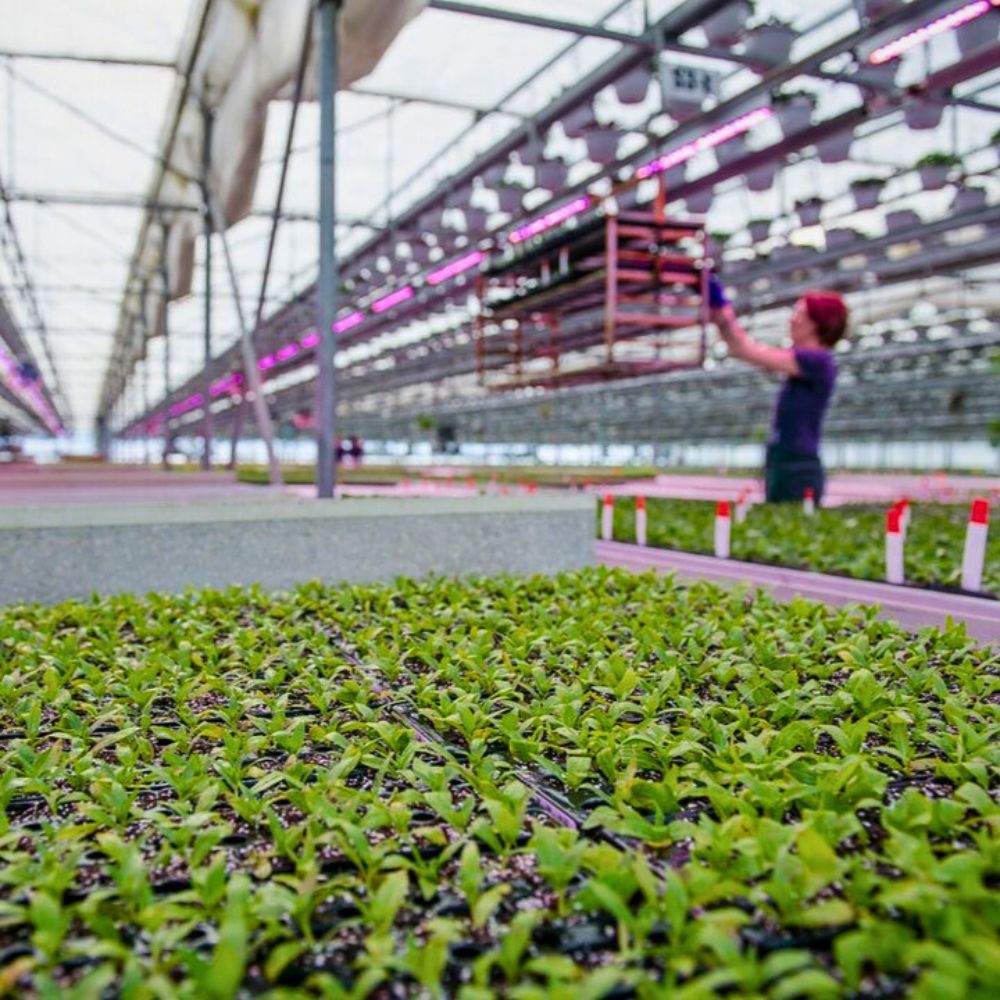
Temperature-controlled storage and display systems often consume considerable energy in floriculture operations. Smart environmental monitoring frameworks now gather instant data on temperature, humidity, and airflow, optimizing settings for flower durability while reducing power consumption. Machine learning algorithms analyze how different flower varieties respond to environmental conditions, independently adjusting configurations to prolong product lifespan while decreasing energy use.
Supply Chain Optimization
The impact of data doesn't stop at the farm gate. The floriculture supply chain—from greenhouse to retail—represents a significant portion of the industry's environmental footprint through transportation emissions and post-harvest waste. Route optimization software uses real-time traffic data, delivery windows, and vehicle capacity to plan efficient routes. Reduced mileage means lower fuel consumption and fewer emissions. Faster deliveries mean fresher flowers and less spoilage. Better capacity utilization means fewer trucks on the road.
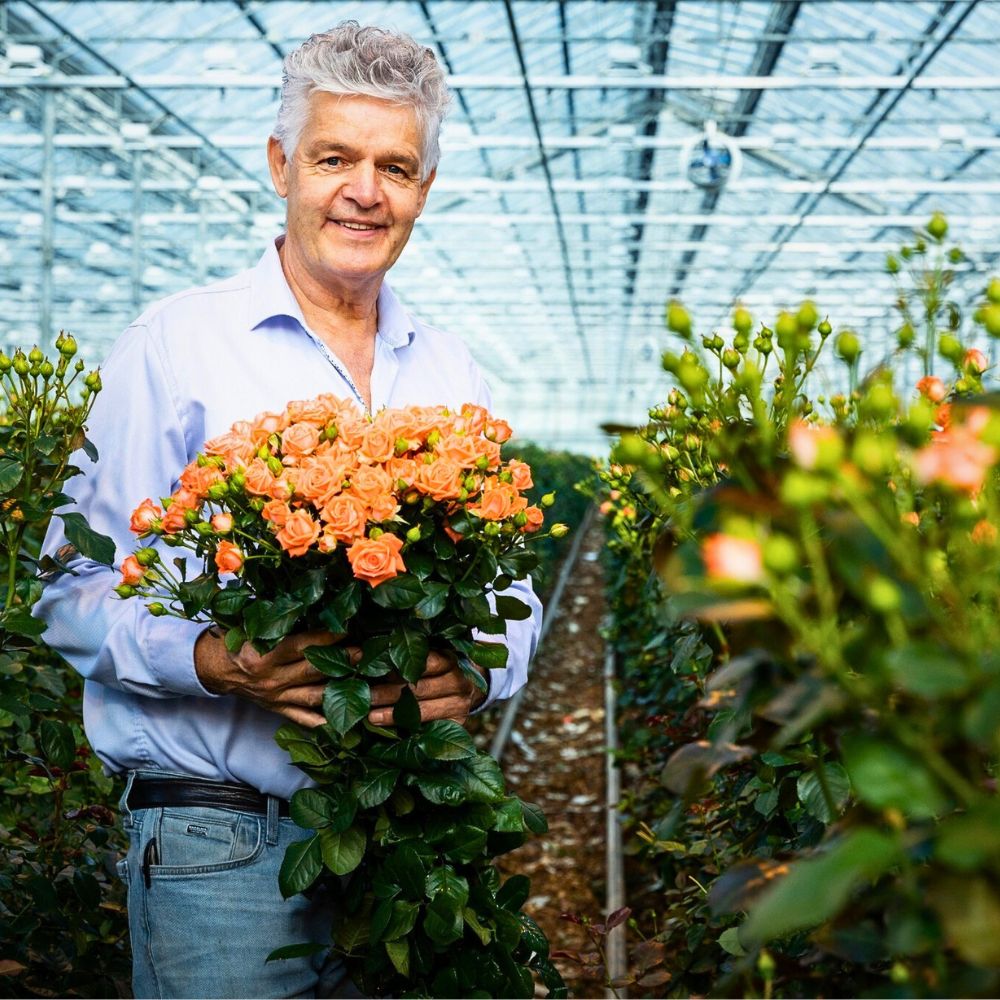
GPS tracking systems monitor flower conditions throughout transit, with temperature and humidity sensors ensuring optimal storage. Some operations now implement 'anticipatory shipping'—distributing flowers to regional hubs before orders arrive, based on predictive algorithms. While counterintuitive, data shows this can reduce total transportation distance and improve delivery freshness by placing inventory closer to anticipated demand.
Blockchain technology integrates with digital tracking systems to produce permanent documentation of flower sources, guaranteeing the authenticity of sustainability claims. This transparency allows florists to confidently promote their environmentally responsible methods while building trust with ecologically conscious consumers.
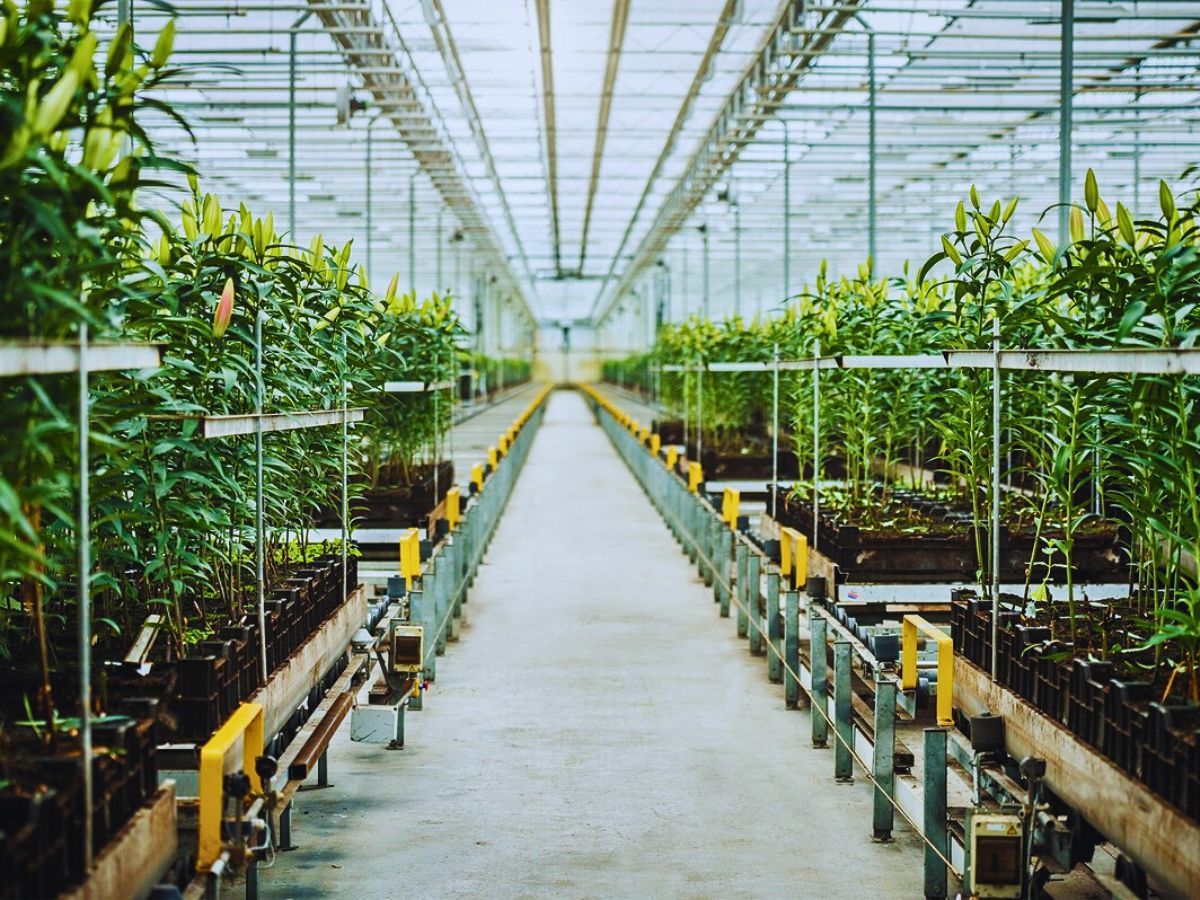
Predictive Analytics for Waste Reduction
Floral waste constitutes one of the industry's most substantial environmental challenges, with millions of flowers discarded annually due to inadequate demand forecasting. Advanced analytics platforms now analyze historical sales data, seasonal patterns, weather conditions, and local event schedules to accurately predict demand.
Machine learning algorithms examine customer purchasing behaviors, determining which flower varieties sell quickest during particular periods and which arrangements regularly underperform. This intelligence allows florists and growers to modify inventory orders, decreasing both financial losses and environmental waste. Some businesses report up to 40% waste reduction after implementing comprehensive predictive analytics systems.
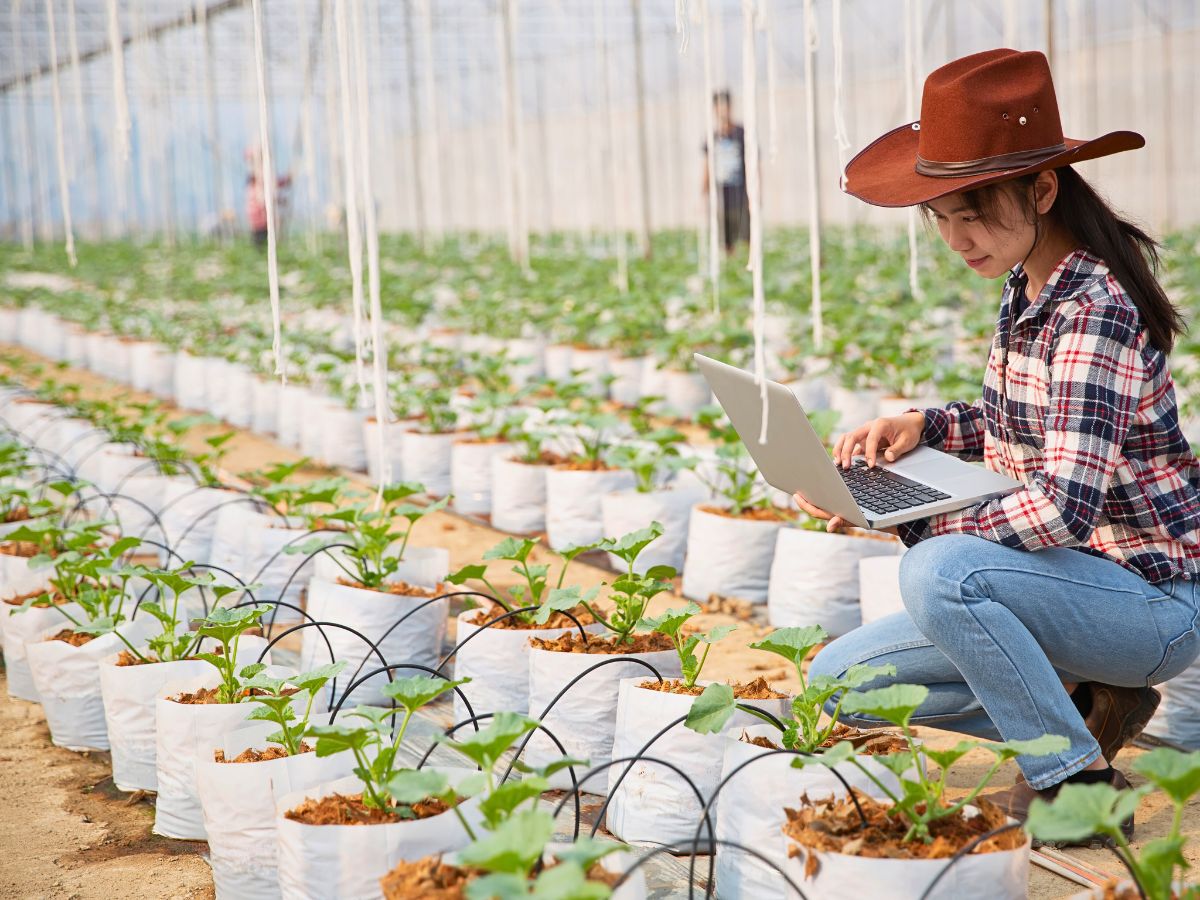
Measuring Impact and Addressing Challenges
Data-driven sustainability delivers reckonable results. Farms implementing comprehensive analytics programs document water use reductions averaging 25-30% through precision irrigation, with some operations achieving 40% savings in certain crop categories. Fertilizer application reductions of 30-40% are guided by soil sensor data, with corresponding improvements in soil health. Pesticide use reductions of 50-70% through integrated pest management (IPM), incorporating environmental monitoring, maintain plant health outcomes.
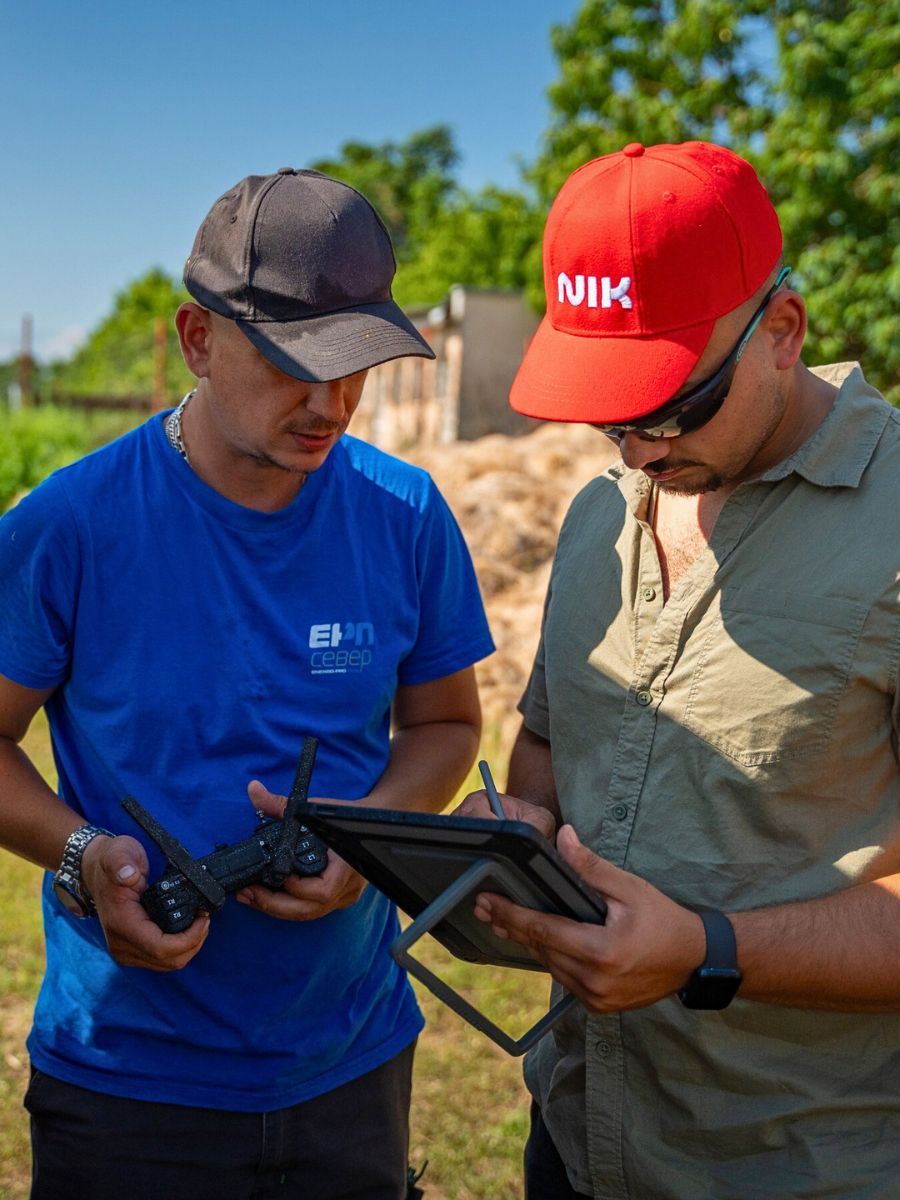
Implementation does face hurdles. Initial investment in sensors, software, and data infrastructure can be substantial, potentially excluding smaller operations. The learning curve feels steep for growers accustomed to traditional methods. Data management requires new skills and sometimes additional personnel. Connectivity also remains an issue in many growing regions where reliable internet access—necessary for cloud-based monitoring—may be limited. Sensor accuracy varies with soil types and environmental conditions, requiring calibration to ensure reliable data collection.
But most significantly, data only drives sustainability when growers actually use it. The most au fait monitoring system delivers no environmental benefit if its insights sit unexamined. Successful implementation requires cultural change—shifting from experience-based intuition to data-informed decision-making.
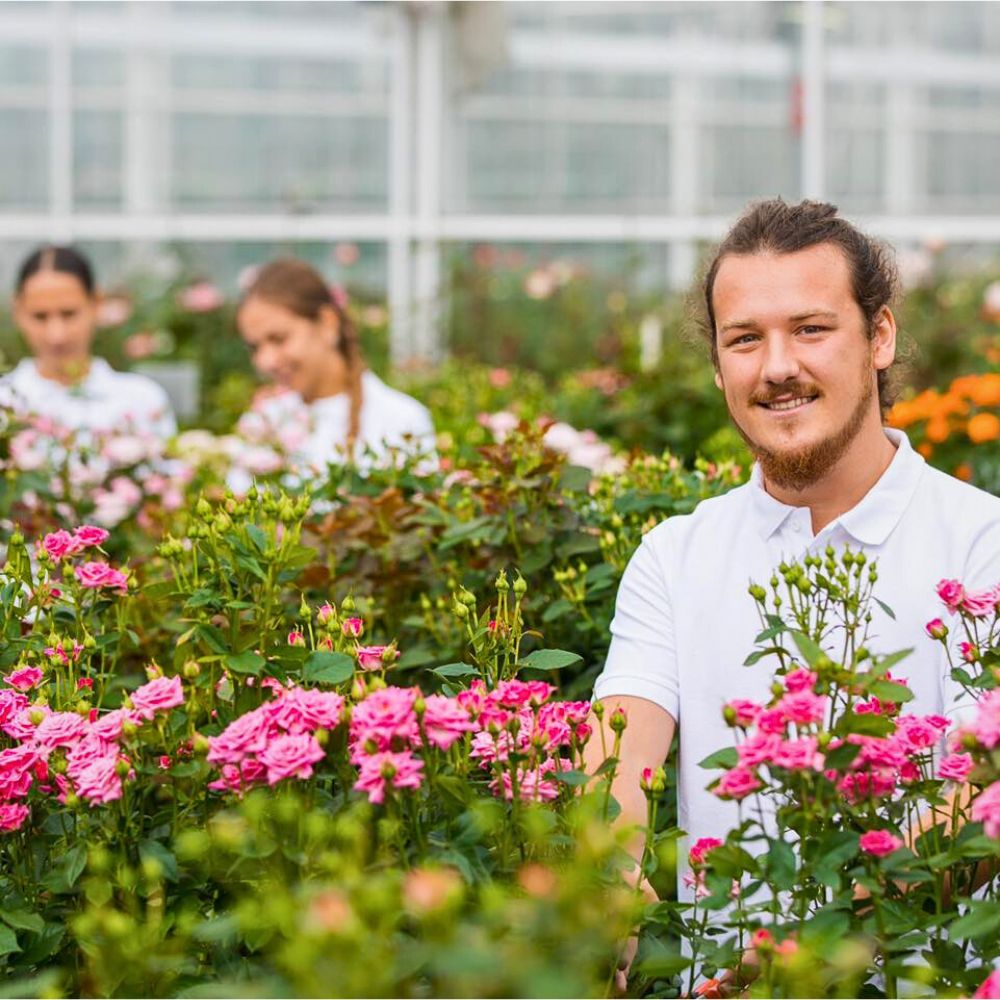
The narrative of data-driven sustainability in floriculture is not really about technology per se, but rather more about using precise information to make better decisions that reduce waste, conserve resources, and minimize environmental harm while producing beautiful flowers. For growers, this approach's benefits are more than environmental responsibility; they include reduced operating costs, improved crop quality, and stronger market positioning.
Feature image and header image by jcomp.

